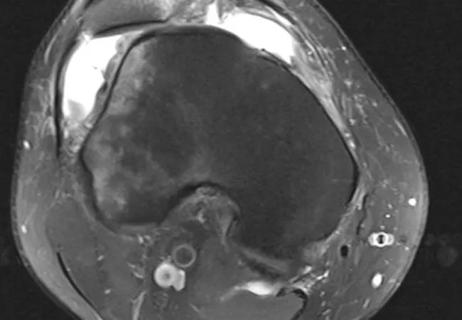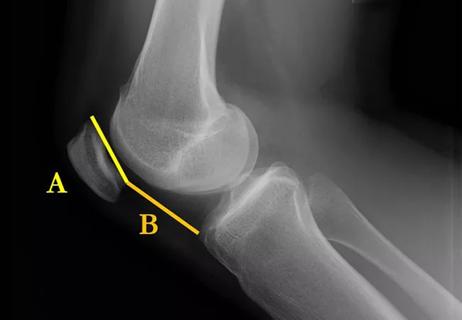Advertisement
Study explores why Black patients are less likely than white patients to have MRI, surgery

While racial disparities have been uncovered in the outcomes of spinal surgery, knee arthroplasty and hip arthroplasty, little is known about the association between race and sports medicine-related hip complaints.
Advertisement
Cleveland Clinic is a non-profit academic medical center. Advertising on our site helps support our mission. We do not endorse non-Cleveland Clinic products or services. Policy
A recent study led by Cleveland Clinic orthopaedic surgeon Lutul D. Farrow, MD, and published in the Orthopaedic Journal of Sports Medicine investigated hip complaints in African American and white patients and found significant differences between the two groups. Hip complaints were far less common in Black patients compared to white patients (6.5% vs. 93.5%). For comparison, Black patients in the same study population made up 34% of those with shoulder disabilities and nearly 41% of those with knee disabilities.
In addition, the study showed that Black patients with hip conditions were less likely than white patients to have magnetic resonance imaging (MRI) (44.1% vs. 73%) and be recommended for surgery (35.6% vs. 54.6%).
The retrospective multicenter study included 905 patients who were evaluated for hip-related concerns at Cleveland Clinic and Saint Louis University over one year. Patient demographics, presenting symptoms, physical examination findings and hip radiographic findings were obtained from medical records, as was information about referrals for physical therapy, MRI and/or surgery. Univariate and multivariate analyses helped make comparisons by race and insurance status.
Dr. Farrow explains that this research was sparked by the significantly lower proportion of Black patients presenting in his orthopaedic surgery clinic with femoroacetabular impingement (FAI), commonly known as hip impingement.
“I wondered if it was something I was imagining or if there really was a difference in terms of the athletes that we see,” he says. “That was the reasoning for our research question — to see if there was a difference in the rate of patients that present with hip complaints and their underlying pathology.”
What Dr. Farrow’s research team uncovered was surprising: Compared to white patients, African American patients tended to have less bony pathology of their hips that would require advanced imaging (like MRI) and surgery. White patients tended to have more intraarticular pathology consistent with FAI, including bone spurs and labral tears. African Americans tended to present with soft-tissue injuries, such as tendinitis, and hip flexor strains and injuries.
Further analyses revealed that neither race nor insurance status were a significant factor influencing surgery recommendations. However, referrals for MRI were significantly affected by race.
“In multivariate analysis that removes all of the confounding factors, we found that race did not necessarily determine whether or not surgery was recommended, and that’s a good sign,” he says. “But race did determine whether or not an MRI was performed. White patients were much more likely than Black patients to have an MRI.”
These findings probably are related to pathology encounter, he notes.
“If a patient has less bony pathology, which is often seen on X-ray, or if you suspect tendinitis or a hip flexor injury, for example, then you’re not going to order an MRI,” says Dr. Farrow.
Advertisement
Socioeconomic status may play a role in frequency of MRI as well, he adds.
This study is among the first to explore racial disparities in sports medicine hip conditions.
“I think that these findings have some clinical implications,” says Dr. Farrow. “Patients who are Black are less likely to present to a clinic with hip complaints, and when they do, it is less likely to be a surgical issue. I think that knowledge can certainly help us when evaluating and counseling our patients.”
Advertisement
Advertisement

Gamers are athletes who can benefit from athletic training

A behind-the-scenes look at Cleveland Clinic’s role as medical services provider of the 2023 Summer Series

Sports medicine pioneer John Bergfeld, MD, shares how orthopaedics has changed since doing his first ACL repair in 1970

Rest is often not the best care for gamers’ overuse injuries

Computer simulation identifies causes of instability

Youth and open physes are two factors that increase risk of recurrence

Study shows no difference in peak force, perceived effort or physiologic measures of exertion during strength testing

Innovative treatment combines brisement, nerve block and immediate physical therapy